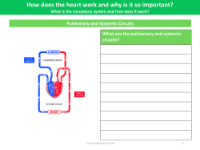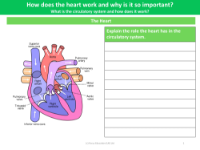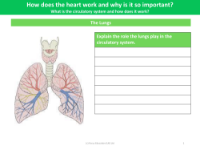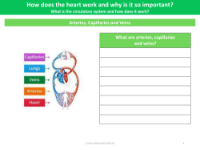What is the circulatory system and how does it work? - Presentation
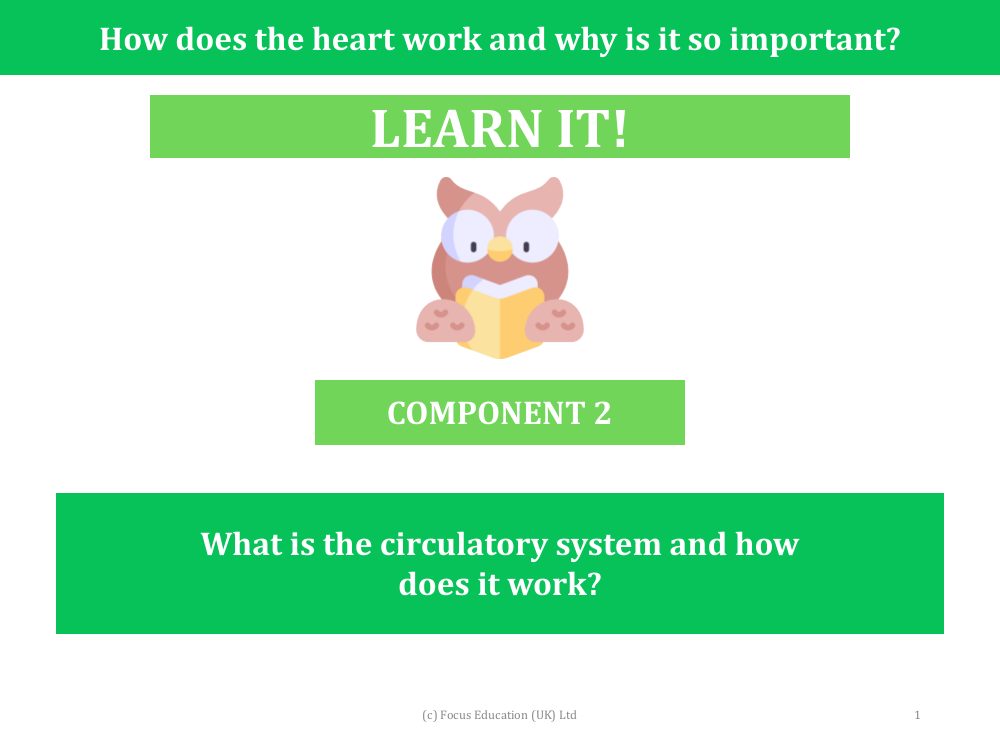
Science Resource Description
The circulatory system is a vital network within the body, comprising the heart, blood vessels, and blood. It serves the critical function of transporting essential substances such as oxygen, nutrients, and water to various tissues and organs. At the same time, it also plays a key role in the removal of waste products, including carbon dioxide. The heart is the engine of this system, pumping blood throughout the body's complex network of vessels. Understanding how the circulatory system functions is crucial, as it is integral to maintaining the body's overall health and well-being.
Delving deeper into the workings of the circulatory system, we find that it consists of two main circuits: the pulmonary and systemic circuits. The pulmonary circuit is responsible for carrying deoxygenated blood from the heart to the lungs, where it picks up oxygen and releases carbon dioxide. Conversely, the systemic circuit transports oxygenated blood from the heart to the rest of the body, delivering oxygen and nutrients to cells and collecting waste products. The heart, lungs, and a vast array of arteries, veins, and capillaries each play specific roles within this system. Arteries carry blood away from the heart, veins return it, and capillaries connect the two, facilitating the exchange of gases, nutrients, and waste between the blood and tissues.


